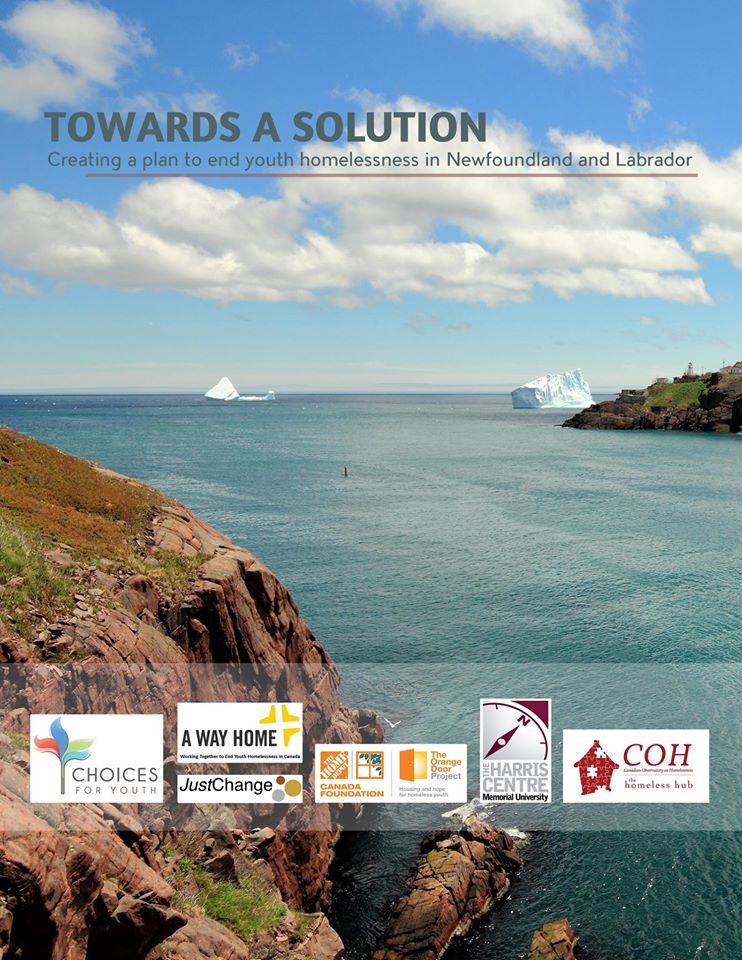 Here’s a loaded question – how do you end youth homelessness?
Here’s a loaded question – how do you end youth homelessness?
We are all guilty of answering this question with a series of nuanced sentences about systems of care, mental health, education, employment, trauma, abuse, poverty, et cetera, et cetera, et cetera – while all this is true and the complexity of it is daunting, one simple fact has been proven time and time again. The fundamental starting point to enable young people to address these issues is to help them first secure safe and stable housing.
This is profoundly important. Housing that is both safe and stable, provides a foundation for young people to shift away from a state of crisis and enter a state of healing, problem solving and goal setting.
This is what it means to apply a Housing First Framework for Youth. The approach acknowledges the tremendous need to house young people as quickly as possible, and provide a cohesive system of supports. This not only mitigates further issues from arising, but also alleviates the associated stressor of being homeless. Once housed, intensive models of support invariably lead to increased engagement, increased options, increased stability and independence, and ultimately a more successful and healthy transition to adulthood.
Culminating from a Community Planning Institute on Youth Homelessness that explored this approach, provided a platform for youth with lived experiences, encouraged dialogue among peers, and showcased the expertise of national partners – we’ve built a body of evidence and research that demonstrates how youth homelessness is a problem with a known solution. Our report shares these details, acknowledges challenges and embraces the opportunity at hand: a chance to end youth homelessness in Newfoundland and Labrador.
On June 1st 2015, a panel of youth with lived experiences, both past and present, came together alongside our Executive Director, Sheldon Pollett, to formally call upon our province to develop a plan. Government departments, service agencies, health care organizations, media, local businesses, educational institutions and youth leadership groups were all represented in the audience – a testament to how much this issue matters and how much we all truly care. The response has been inspiring. As of today, the report has been downloaded over 750 times and shared numerous times over. There is momentum building, meetings taking place, funds being mobilized and perhaps most importantly a shift in consciousness towards how to approach the problem. A shift towards a system of care that, while continuing to provide emergency services, will focus and invest more aggressively in prevention, housing and supports.
We encourage you to see the report for yourself. Use it as a resource, as a reference, as a catalyst to begin rallying your own community around ending youth homelessness.

